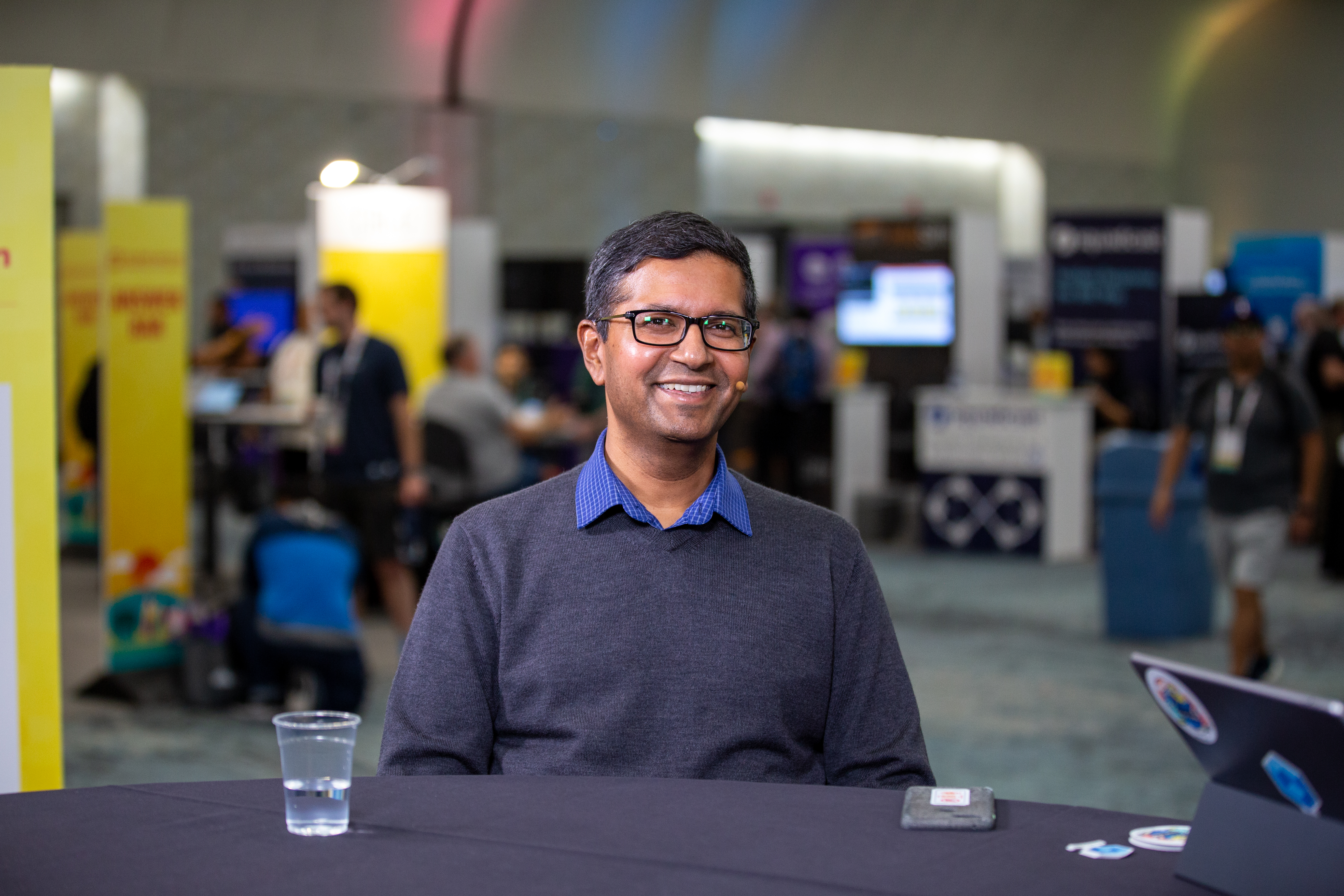There aren't enough humans for cloud-native infra

Applications are the tip of the iceberg in cloud-native computing. When monoliths shard into microservices and containers (a virtualized method for running distributed applications), the underlying infrastructure feels it. So do administrators and developer operations teams. How can they possibly spread themselves thin enough to handle all these distributed components?
They can’t, and they shouldn’t try, according to Vijoy Pandey (pictured), vice president and chief technology officer of cloud computing at Cisco Systems Inc. Distributed apps require support — from network systems, databases, etc. — that don’t obey the rules that worked for physical and virtual infrastructure.
“You can’t just have a database admin,” Pandey explained. “A database is now 500 components. So you need your [site reliability engineer] organizations and your DevOps organizations to be aligned to that.”
Pandey spoke with Stu Miniman (@stu), host of theCUBE, SiliconANGLE Media’s mobile livestreaming studio, and guest host Justin Warren (@jpwarren), chief analyst at PivotNine Pty Ltd., during the KubeCon + CloudNativeCon event in San Diego, California. They discussed how infrastructure teams can stay sane amid cloud-native chaos. (* Disclosure below.)
Three A’s of the networking future: automation, application, AI
When Pandey ran networking infrastructure at Google, they had a saying: If your infrastructure depends on humans to scale out, then there aren’t enough humans to hire. To illustrate, take the telemetry data coming from large modern networks. “We were sending telemetry data through [Simple Network Management Protocol]. Now, we are sending telemetry data streaming,” he said.
Exploding telemetry data — and overall complexity of multicloud and cloud-native networks — should be offloaded to nonhuman intelligence to manage, Pandey believes. “Putting formal verification, formal models, formal closed-loop automation systems with AI in place — I think that’s the only way to go forward, at least on large-scale networks,” he added.
It can also ease burdens on admins and DevOps teams to view complex networks through the scope of the application. “Being deep and narrow and being very selfish about the application that you’re trying to connect to simplifies the problem. Because as an app developer, I’m only concerned about this particular app and not what it connects to,” Pandey stated.
This is the essential concept behind Cisco’s Network Service Mesh. “I just want to connect A to B within my application. … And these are the attributes that I want from that connection. … That’s what we’re trying to handle from the cloud-native perspective,” he concluded.
Watch the complete video interview below, and be sure to check out more of SiliconANGLE’s and theCUBE’s coverage of the KubeCon + CloudNativeCon event. (* Disclosure: Cisco Systems Inc. sponsored this segment of theCUBE. Neither Cisco nor other sponsors have editorial control over content on theCUBE or SiliconANGLE.)
Photo: SiliconANGLE
Since you’re here …
Show your support for our mission by our 1-click subscribe to our YouTube Channel (below) — The more subscribers we have the more then YouTube’s algorithm promotes our content to users interested in #EnterpriseTech. Thank you.
Support Our Mission: >>>>>> SUBSCRIBE NOW >>>>>> to our Youtube Channel
… We’d like to tell you about our mission and how you can help us fulfill it. SiliconANGLE Media Inc.’s business model is based on the intrinsic value of the content, not advertising. Unlike many online publications, we don’t have a paywall or run banner advertising, because we want to keep our journalism open, without influence or the need to chase traffic.The journalism, reporting and commentary on SiliconANGLE — along with live, unscripted video from our Silicon Valley studio and globe-trotting video teams at theCUBE — take a lot of hard work, time and money. Keeping the quality high requires the support of sponsors who are aligned with our vision of ad-free journalism content.
If you like the reporting, video interviews and other ad-free content here, please take a moment to check out a sample of the video content supported by our sponsors, tweet your support, and keep coming back to SiliconANGLE.
from Hacker News https://ift.tt/2E2xsQX
